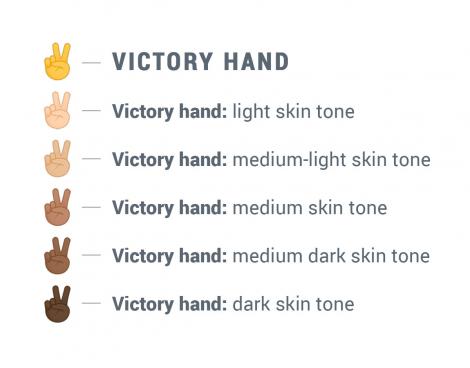From ramps and elevators for those unable to use stairs, to braille on signs for people who are visually impaired, accessibility is present in our day-to-day lives.
For years, the digital space has been a part of our world, so it makes sense that accessibility would be present there, too. While there are guidelines for web development, social media is often forgotten. Only in recent years has alternative (alt) text been a feature added to platforms. For everyone to fully experience web and social media content, accessibility needs to exist online.
Accommodations like image descriptions and text on videos are meant to benefit hard-of-hearing people, but that doesn’t mean they can’t help others. Captions are useful when you want to watch a video in a noisy space. Camel case hashtags can prevent PR blunders like singer Susan Boyle’s team experienced when promoting her new album.
Your social media content will benefit from a few best practices aimed at accessibility. Below are some tips and how to apply them.
Emojis
Did you know each emoji has its own description? For example, the emoji of the house that looks abandoned is called “derelict house” and the emoji of one or more stars swirling in a yellow circle is “dizzy.”
If the emoji involves a skin tone, that’s included with the description to keep it unique. For example, the peace sign (also called victory hand):

It’s best to make sure the emoji you plan to use has the description you think it does. Emojipedia is a great tool to help with emoji descriptions.
Using multiple emojis or other special characters to form a phrase might seem trendy and engaging, but in reality, they are a nightmare for assistive devices like screen readers. Imagining a device repeating “large green square” when people were tweeting their Wordle results is enough to invoke a headache.
While emojis are fun and almost expected to be used on social media, it’s best to use them at the end of a sentence and in moderation.
Camel Case
Camel case, also known as title case or pascal case, is the practice of capitalizing each word in multi-word hashtags and URLs. This might look like:
#HappyHolidays or OneDrive.com
This practice allows a screen reader to identify each word and pronounce the hashtag or URL correctly. Camel case also helps with clarity when a person without a visual impairment reads a hashtag or URL — a win-win for everyone.
Images
Images play an important role in social media. But how do you convey imagery to people with impaired vision? Simply put, alt text, short for alternative text, is a written description of an image to make sense of that image when it can’t be seen. Alt text helps screen reading devices and programs describe photos. While some platforms can auto-generate it, manually writing custom text is preferred.
You must also include alt text with images that have copy on them, which are common on social media, especially for brands when posting a statement. Screen readers are unable to transcribe these images.
A good rule of thumb is that social media images should be like billboards: short, sweet, and eye-catching. If you must post an image with an excessive amount of text, consider publishing the copy on your website and sharing a link to it in the social post.
Each social media platform has its own best practice and tips.
Video
Just as images are important to social media, video is as well — maybe even more so. There are several ways to make sure your video content is accessible to users who are blind or have low vision.
A brief written description of a video either in the caption or as a Twitter thread under the post allows people who use screen readers to access the visual element(s) of the post. Additionally, transcripts should be added to audio content like podcasts or on platforms like Clubhouse.
While captions are important for deaf and hard-of-hearing users, they are helpful to a person watching a video in a noisy space or someone who doesn’t want to disturb people around them, if a video’s audio quality is poor, or various other reasons.
There are two types of captions: closed and open.
Closed captions can be turned on or off. LinkedIn, Twitter, Facebook, Instagram, and Tik Tok all have some form of closed captioning ability for video. While some of these platforms have auto-captioning, it’s best to edit them when possible. Auto-captioning can cause errors, especially if a speaker talks fast or has an accent.
Open captions are permanently added to a video during post-production and can’t be turned off. They are often added to a video when closed captioning isn’t an option. Adding open captions also allows for control over how captions look on a video: font, color, placement, etc.
There are many different services, such as Rev and Kapwing, that allow you to add captions to a video or download an SRT file to add in the social media platform.
Why is this important?
Accessibility is an important part of user experience. Not following these social media accessibility best practices means people with various impairments are excluded from experiencing your content. When they’re unable to engage, you might lose out on a potential customer. Not only is making content accessible the right thing to do, but it will likely help your business.
